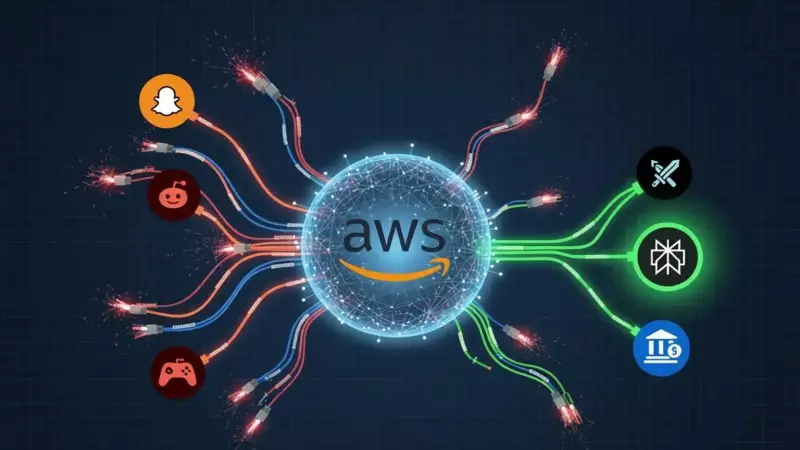
In a dramatic digital blackout that sent shockwaves across the online world, a massive Amazon Web Services (AWS) outage brought significant portions of the internet to a grinding halt on Tuesday. The disruption, which lasted for several critical hours, impacted everything from streaming giants to essential business applications.
The Great Digital Blackout
The chaos began when AWS, the cloud computing behemoth that powers nearly half of the internet's infrastructure, experienced a catastrophic failure in its US-EAST-1 region. This single point of failure triggered a domino effect, crippling services across multiple continents and leaving users staring at error messages and loading screens.
What Went Wrong?
According to AWS officials, the outage stemmed from issues affecting the AWS Lambda service and Amazon API Gateway. These critical components serve as the backbone for countless applications and websites. When they faltered, the digital ecosystem they supported began to collapse like a house of cards.
The Aftermath: Who's Still Feeling the Pain?
While AWS has officially declared the problem "fixed," the recovery process has been anything but smooth. Major platforms continue to experience lingering issues:
- Disney+ Hotstar: Streaming disruptions and login failures
- Amazon Prime Video: Intermittent service interruptions
- Multiple banking applications: Transaction delays and app crashes
- Food delivery platforms: Order processing bottlenecks
- Enterprise software: Critical business operations hampered
Why This Outage Matters More Than Ever
This incident serves as a stark reminder of our collective dependence on cloud infrastructure. With AWS controlling approximately 33% of the cloud market, a single regional failure can have global consequences. The outage highlights the fragile nature of our interconnected digital world and raises important questions about redundancy and fail-safe mechanisms.
The Road to Recovery
Technical teams across affected companies are working around the clock to restore full functionality. However, experts warn that complete normalization might take several more hours as systems gradually sync and stabilize. Users are advised to remain patient and avoid repeatedly restarting applications, as this could exacerbate the recovery process.
This incident marks one of the most significant internet disruptions of 2024, underscoring the critical importance of distributed cloud architecture and robust contingency planning in our increasingly digital-dependent society.





